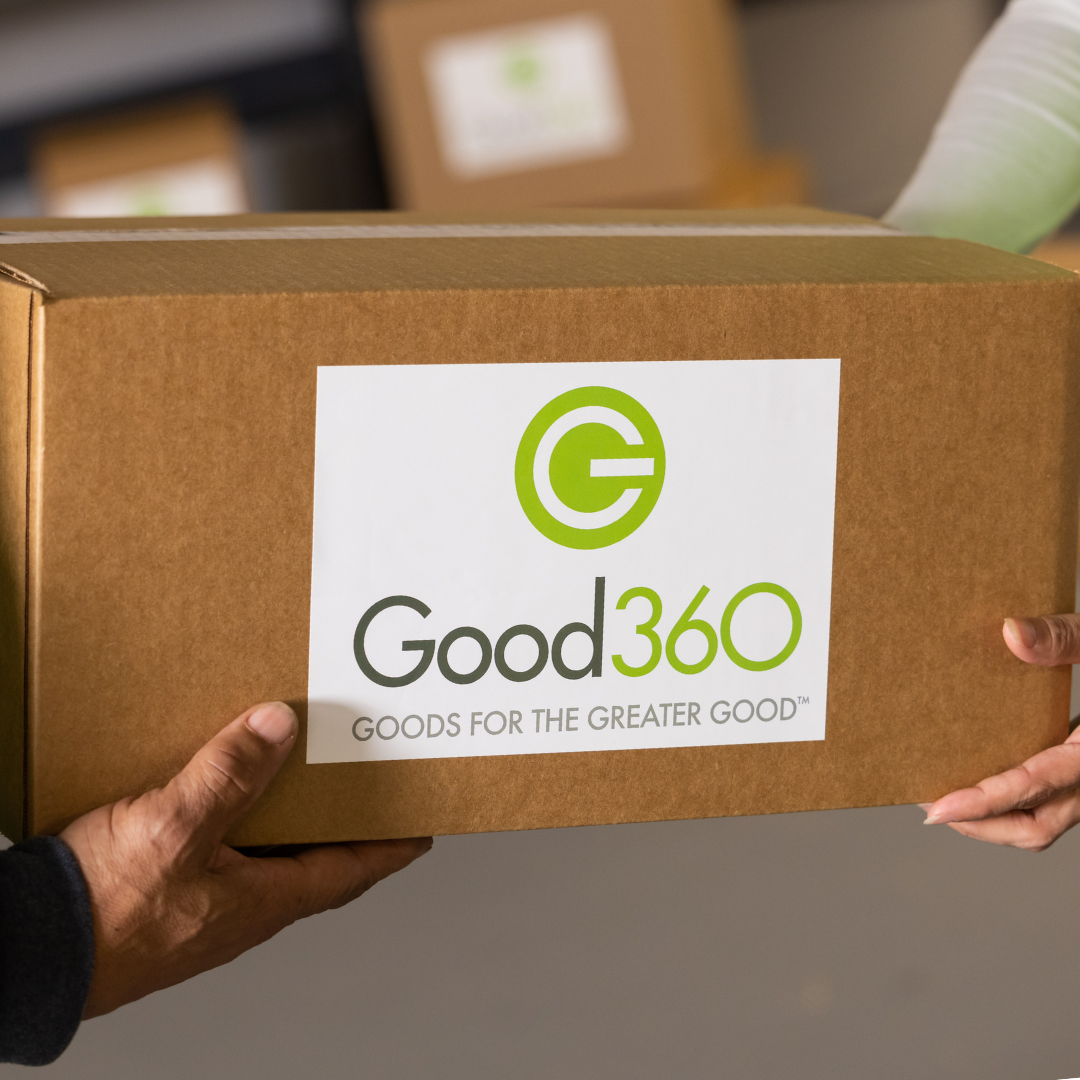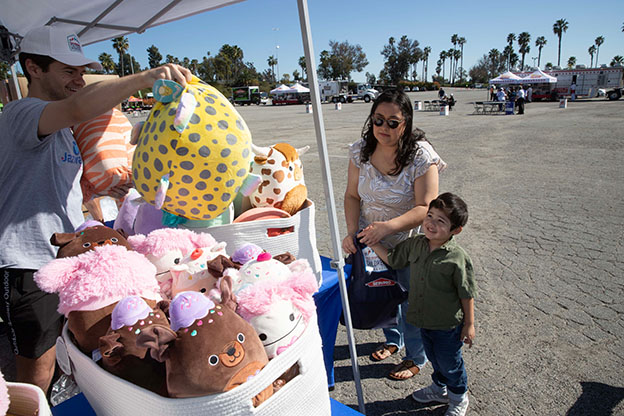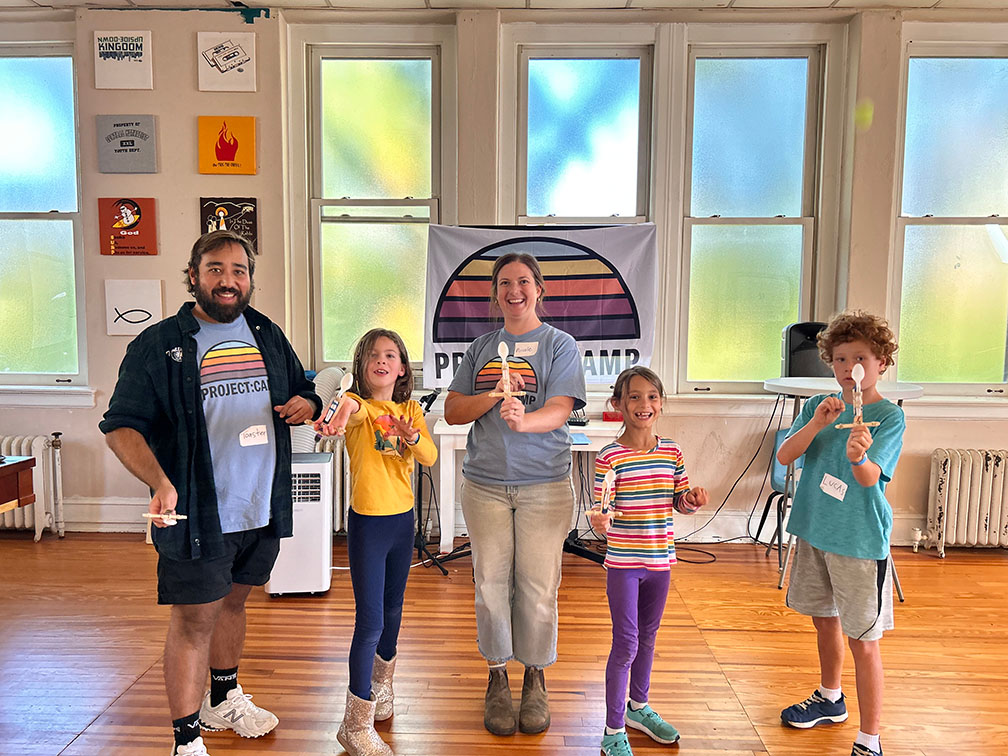Good360 was established with the idea that companies needed a way to distribute in-kind donations to qualified charities at scale, while nonprofits needed greater access to donated products without having to go through a lot of red tape.
With Good360, corporate donors now have a way to ensure that their donations go directly to people in need without having to vet each and every charity. Meanwhile, nonprofit organizations have more ways than ever to obtain needed goods through our various donation programs.
It’s a win-win, for sure.
The process only works, however, if we can guarantee that donated goods will be used as intended. Companies rely on Good360 to run their in-kind donation programs because we work closely with our nonprofit partners to ensure that they comply with strict guidelines on how donations are distributed.
We put a lot of emphasis on compliance because it goes to the heart of what we do at Good360, which is to create a fair, transparent, and mutually beneficial process for distributing donated goods—and maximizing their impact.
As a nonprofit member of Good360, here are some key best practices to follow to ensure that the right products always go to the right people.
Make the case for case management
Before you plan to distribute any donations at all, you’ll need to determine exactly who you are going to help. In most cases, this will be quite obvious—the constituents who your organization normally serves, for example. In other cases, such as in the aftermath of a natural disaster, it may be less obvious and the process may be more complicated.
Either way, proper case management is critically important to determine the criteria for assistance and identify the people who will be receiving the donations. You might consider partnering with another organization to take on this task, particularly if the staff has a better understanding of the community’s needs.
Be aware of Good360’s compliance guidelines
Our product use guidelines are designed to ensure that donated products only end up in the hands of people who are truly in need. These restrictions prevent donations from being sold, traded, bartered, given to volunteers or staff as gifts, or used in conjunction with any fundraising event.
Under these rules, donations may not be:
- Sold at thrift stores, flea markets, yard sales, on eBay or other internet marketplaces
- Bartered or otherwise transferred in exchange for money, property or services
- Given to another nonprofit organization or other entity, unless with prior written permission from Good360
- Stored at a personal residence (including a home-based business)
- Used in conjunction with any fundraising activities, silent auctions, or as prizes
- Given to employees, volunteers, directors or board members for personal use, reimbursement or in exchange in any way for their services
- Given away in exchange for cash “donations”
- Returned to the manufacturer or retail stores
Donations should also be distributed locally. To receive international donations, additional vetting and advance approval is required.
Good360 has live training webinars that nonprofits can register for to ensure their organizations remain compliant by explaining the specific guidelines our organization upholds. For more details on our guidelines, please click here.
Keep accurate records of all donated goods
Good record keeping is an essential part of our compliance process. These records should accurately reflect the total amount of donations received and distributed (or used). You should also outline the procedures that your organization used to determine that the donated goods have been used solely for the care of the ill, needy, or infants.
These records should be made available to Good360 in a timely manner upon request.
Track your impact & share your stories
At Good360, we love to see how we’re helping you to serve your community better through in-kind donations. Our corporate donors also like to see the impact of their donations. The more visibility they have on where their products are going, the more likely they will be to donate even more to support our nonprofits—which helps everyone in our network.
Of course, you’ll want to measure your impact for your own purposes, such as fundraising and reporting to your own donors.Because organizations are not permitted to use donor names without prior approval from Good360, submitting an impact story is the best way to tell the full story of what you’re able to accomplish with product donations.
You can read impact stories from our member nonprofits here.
Understand why we have these guidelines
At the end of the day, everyone involved in the Good360 donation process shares the same goal: We want to help the most people in need in the most impactful way possible. It starts and ends with ensuring that donations are distributed through the proper channels and they end up serving only people who have a genuine need.
By watching out for compliance violations and following best practices at your organization, we are making the process work to everyone’s benefit—which ultimately means we are helping more communities in need and helping people to thrive in their lives.








